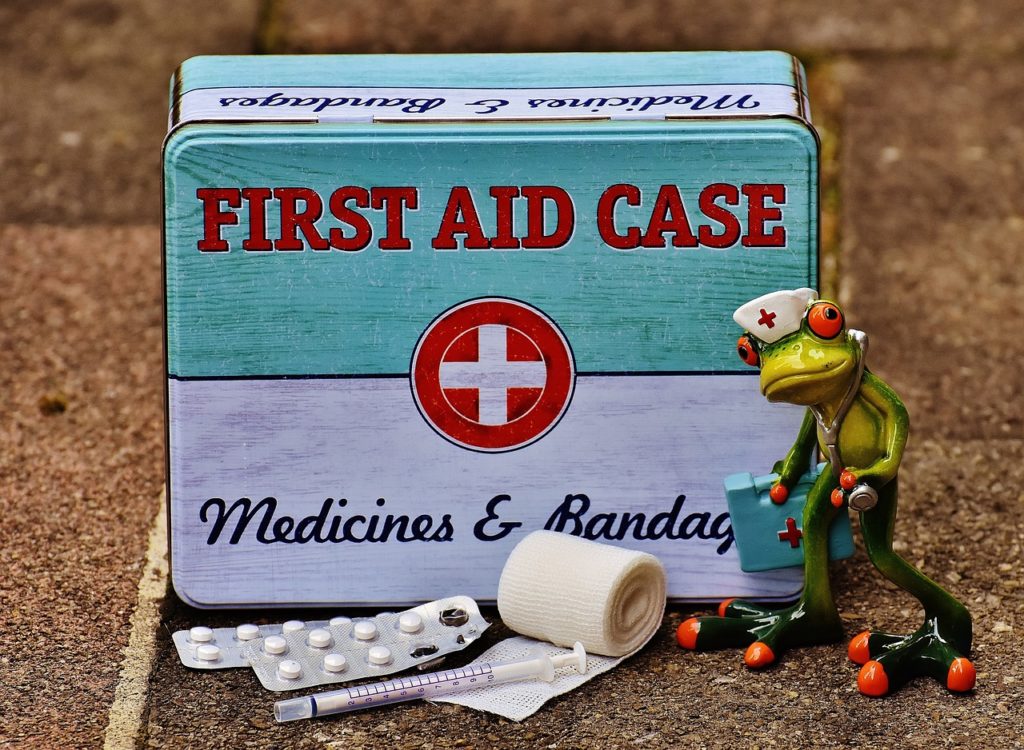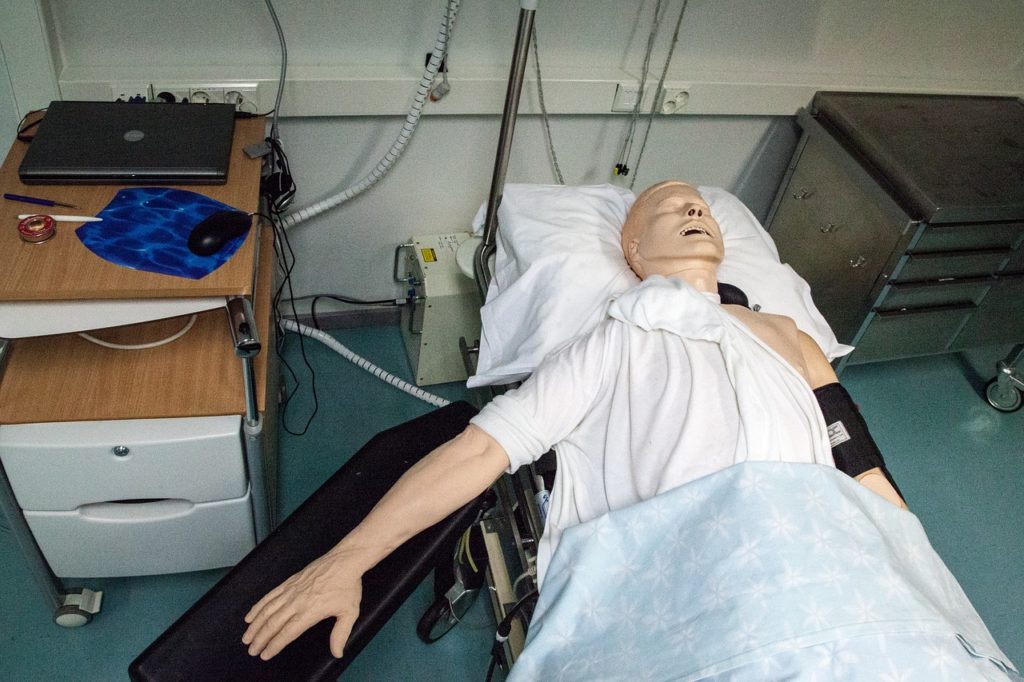
Emergencies can strike at any moment, whether or not it is a sudden contamination, damage, or a life-threatening event. Being prepared to respond successfully in such situations can make all the difference in saving lives and minimizing the effect of the emergency. Emergency treatment encompasses more than a few medical interventions and movements aimed toward stabilizing sufferers and providing immediate care till similarly scientific help can be acquired. In this newsletter, we’ll explore the basics of emergency remedy, which includes key standards, common techniques, and the importance of swift and decisive action.
Key Principles of Emergency Treatment:
1. Assessment: The first step in emergency remedy is to evaluate the situation and the affected person’s circumstance. This includes accumulating records approximately the patient’s signs and symptoms, scientific records, and any applicable instances surrounding the emergency. Assessing essential symptoms which includes pulse, breathing rate, and blood strain is important for figuring out the severity of the situation and the precise route of movement.
2. Prioritization: In emergencies, it is crucial to prioritize treatment based at the severity of the affected person’s circumstance. This frequently includes the use of triage systems to categorize patients according to the urgency of their scientific wishes. Patients with lifestyles-threatening injuries or conditions require immediately interest and intervention, at the same time as people with less intense issues can also want to attend till resources are available.

3. Stabilization: Once the patient has been assessed and prioritized, the next step is to stabilize their circumstance to save you in addition deterioration. This may additionally involve controlling bleeding, immobilizing fractures, administering oxygen, or presenting different interventions to support vital features.
4. Communication: Effective communique is critical in emergency conditions, each inside the scientific group and with the affected person and their family contributors. Clear and concise verbal exchange guarantees that everyone involved is aware the situation, the treatment plan, and their respective roles and obligations.
Common Techniques in Emergency Treatment:
1. Cardiopulmonary Resuscitation (CPR): CPR is a lifesaving approach used to restore individuals who have stopped respiratory or whose coronary heart has stopped beating. It includes chest compressions to circulate blood and rescue breaths to provide oxygen to the lungs.
2. First Aid: Basic first aid talents are important in handling a extensive range of emergencies, from minor injuries to more critical scientific situations. Knowing how to manipulate bleeding, deal with burns, splint fractures, and administer medicinal drugs could make a considerable difference inside the outcome of an emergency state of affairs.
3. Airway Management: Ensuring a patent airway is crucial for sufferers who’re subconscious or having trouble respiration. This can also contain techniques inclusive of opening the airway, suctioning secretions, or inserting advanced airway gadgets like endotracheal tubes or supraglottic airlines.
4. Defibrillation: Defibrillation is used to restore a regular coronary heart rhythm in patients experiencing cardiac arrest or lifestyles-threatening arrhythmias. Automated outside defibrillators (AEDs) are generally used devices that deliver an electric powered surprise to the heart to accurate irregular heartbeats.

The Importance of Swift Action:
In emergencies, time is of the essence, and delays in remedy could have extreme results. Acting speedy and decisively can imply the distinction among lifestyles and demise, specially in instances of cardiac arrest, intense trauma, or stroke. Training in fundamental life assist strategies and emergency clinical methods empowers individuals to respond efficiently in essential conditions and may extensively improve results for sufferers.
Conclusion:
Emergency treatment is a critical issue of healthcare that requires a combination of expertise, competencies, and brief thinking to efficiently manage critical conditions. By knowledge the important thing standards of emergency treatment, gaining knowledge of common strategies, and spotting the significance of rapid movement, people can play a critical function in saving lives and minimizing the impact of emergencies of their communities. Whether it’s performing CPR, administering first useful resource, or imparting advanced hospital therapy, each action taken in an emergency has the capability to make a distinction.
